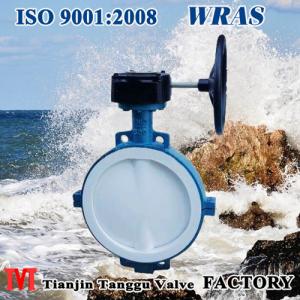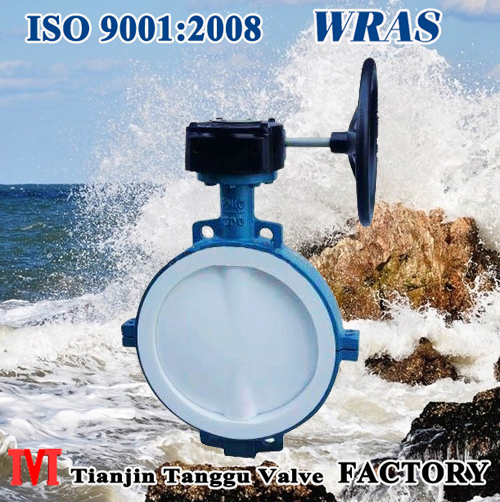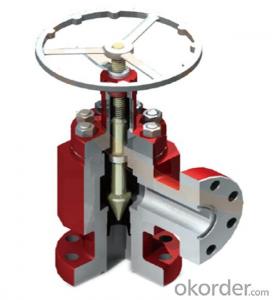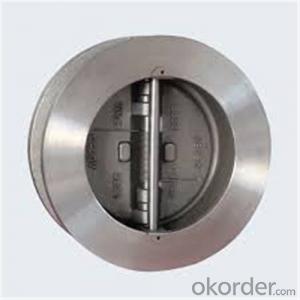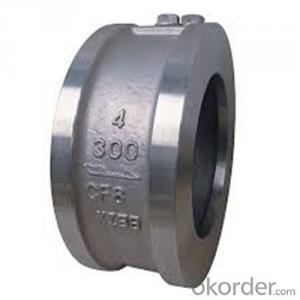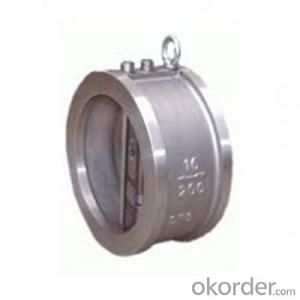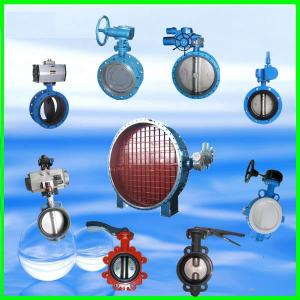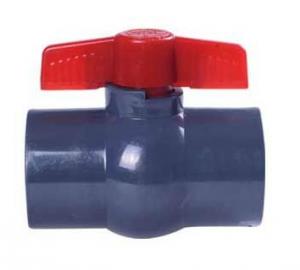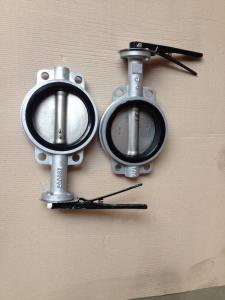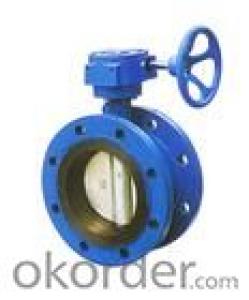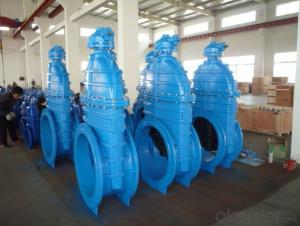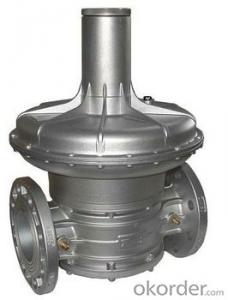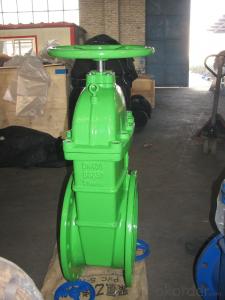Specifications
1.(2"~48")
2.PN1.0/1.6
3.corrosion resistant
4.ISO, API, ASTM, ANSI, DIN, BS, JIS
5.handle,hand wheel,electric,pneumatic
Entirely PTFE lined butterfly valve
Features:
1. Small in size, light in weight, easy installation and maintenance.
2. Simple and compact construction, quick 90 degree on-off operation.
3. Minimized operating torque, energy saving.
4. Flow curve tending to straight line, excellent regulation performance.
5. Long service life, standing the test of tens thousands opening/closing operations.
6. BUbbles-tight sealing with no leakage ubder the pressure test.
7. Wide selection of materials, applicable to various medium.
Performance:
| Nominal pressue (MPa) | 1.0 | 1.6 |
| Nominal diameter(mm) | 50-1000 | 50-1000 |
| Test pressure | Shell | 1.5 | 2.4 |
| (MPa) | Seal | 1.1 | 1.76 |
| Applicable temperature | 150 |
| Applicable medium | Fresh water, Sewage, Sea water, Air, Vapor, Food, Medicine, Oils, Acids,
Alkalis, etc. |
| Operating mode | manual, worm gear, pneumatic, electric, etc. |
Standard:
| Design & Manufacture | Flange Connection | Face to Face Dimension | Test & Inspection |
MSS SP-67
API609
EN593 | DIN PN10/16/25; ANSI B 16.1
BS4504; ISO PN10/16
JIS B 2212/2213
BS 10 table D; BS 10 table E | API609
ISO5752 series 20
BS5155 | API 598 |
|
|
Material List:
| No. | Part Name | Material |
| 1 | Body | Carbon Steel/Stainless Steel/Cast Iron(GGG25)/Ductile Iron/ Al-Bronze |
| 2 | Disc | Al-Bronze/CF8M/Ductile iron/WCB |
| 3 | Seat | EPDM/PEFE/Buna/NBR/Hypalon |
| 4 | Stem | Carbon Steel/Stainless Steel314/Stainless Steel316 |
| 5 | Bushing | PTFE/Lubricating |
| 6 | O ring | EPDM/PEFE/Buna/NBR/Hypalon |
| 7 | Pin | SS316/SS416/SS304 |
